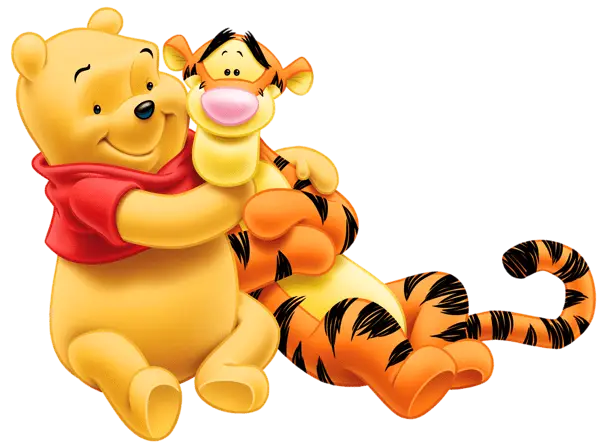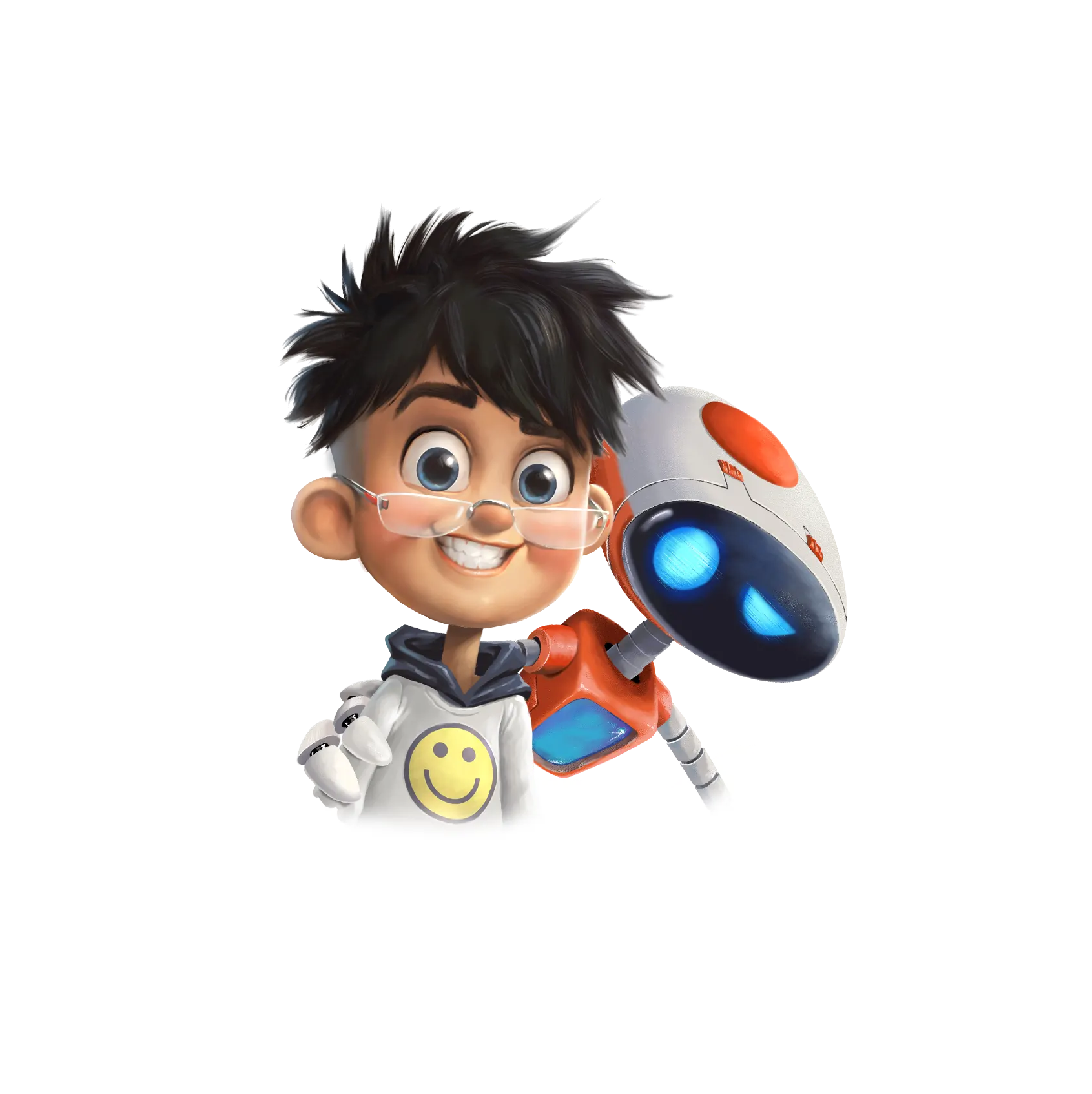How AI animation is changing the field with machine learning
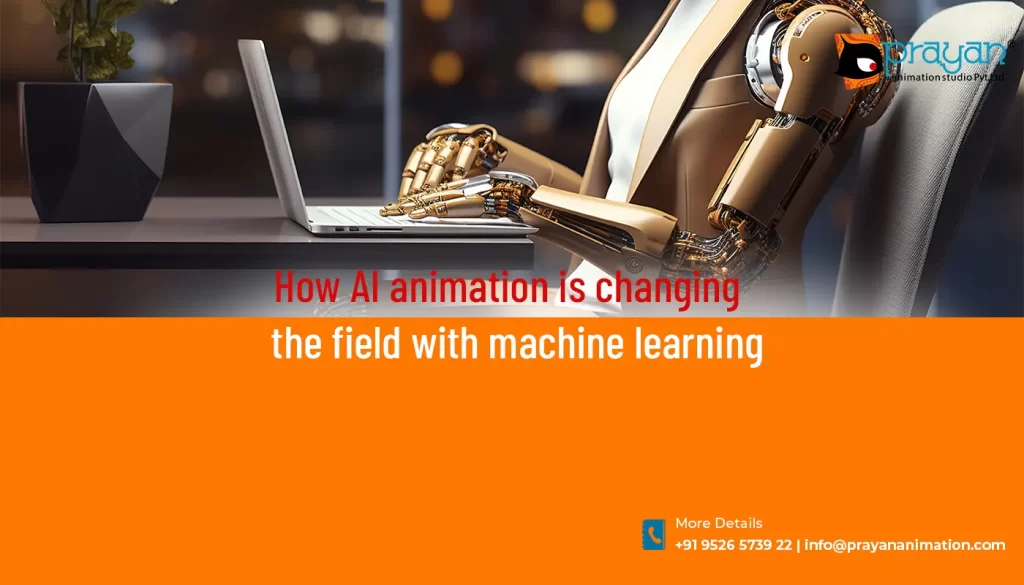
Animation has long been revered as a medium for storytelling, captivating audiences with its ability to breathe life into characters and worlds. Over the years, the animation industry has seen significant evolution, from traditional hand-drawn animations to the advent of computer-generated imagery (CGI). Now, on the brink of yet another transformative phase, (AI) artificial intelligence and machine learning are poised to revolutionize animation once again.
AI animation, also known as computer-generated animation, is reshaping the landscape of animation production and consumption. By leveraging machine learning techniques, animators are empowered to streamline workflows, unleash creativity, and achieve unprecedented levels of realism.
Central to AI animation is the notion of machines learning from extensive datasets and emulating human-like behavior. Through advanced algorithms such as deep learning and neural networks, AI systems can discern patterns, comprehend context, and autonomously generate animations. This not only expedites the production process but also empowers animators to explore new realms of creativity.
A pivotal aspect of AI animation is its capacity to automate mundane tasks, liberating animators to concentrate on more intricate and imaginative aspects of their craft. AI-driven tools can handle tasks like generating in-between frames, refining rough sketches, and intricately animating facial expressions with remarkable precision. This not only enhances efficiency but also allows artists to iterate rapidly until their vision aligns with their artistic standards.
Moreover, AI animation unlocks fresh avenues for storytelling and visual effects. By analyzing existing animations and assimilating insights, AI algorithms can fabricate entirely novel sequences, characters, and environments. This catalyzes innovation and fosters creativity, potentially yielding content that transcends conventional boundaries.
Furthermore, AI animation has the potential to democratize the animation industry, making it more accessible to aspiring creators and filmmakers. With the proliferation of user-friendly AI tools and software, individuals no longer require extensive technical expertise to produce high-quality animations. This democratization empowers a new generation of storytellers to share their narratives with the world.
Nevertheless, the advent of AI animation presents its share of challenges and ethical considerations. Concerns regarding job displacement and the erosion of human creativity have surfaced as AI systems become proficient at tasks traditionally performed by animators. Additionally, there are ethical implications surrounding the use of AI in animation, including the risk of algorithmic bias.
Despite these challenges, the transformative potential of AI animation is undeniable. As machine learning algorithms continue to evolve, we can anticipate further groundbreaking advancements in animation. From enhanced visual effects to immersive storytelling experiences, AI animation has the capacity to redefine the artistry and craftsmanship of animation in unprecedented ways.
In conclusion, AI animation represents a paradigm shift in the animation industry, offering creators a wealth of new tools, techniques, and possibilities. By harnessing the power of machine learning, animators can push the boundaries of creativity and innovation, ushering in a new era of animation. As we embrace this technology and its capabilities, we embark on an exhilarating journey into the future of animation, where our imagination serves as the only limit.



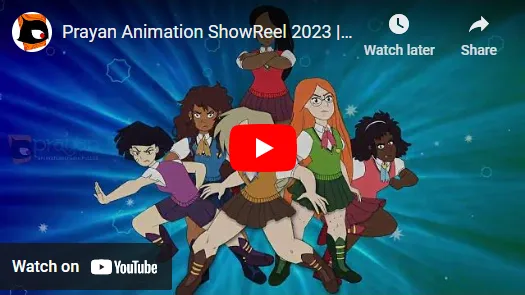

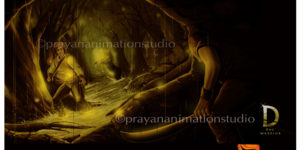
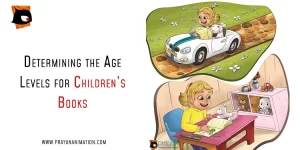
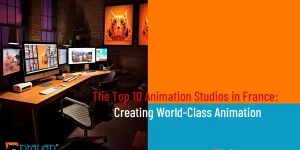

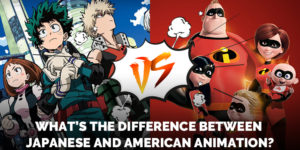
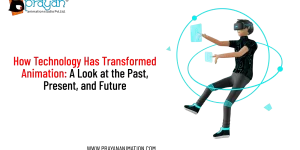
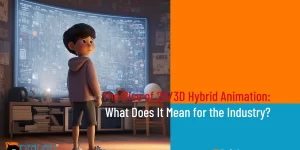
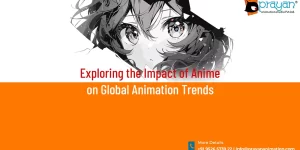

 We can help you.
We can help you. 

